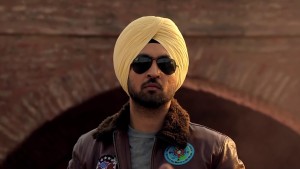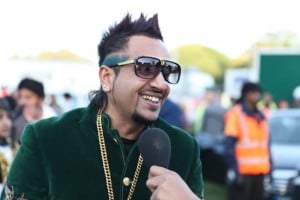India is a country known for its different cultures, customs, traditions and communities. All through the year the people of this country celebrate countless festivals and perform innumerable rituals. These festivals add to the spirit of the country and also help build togetherness among various communities. Every custom or ritual is associated with an ancient past or mythological believe. While all of these festivals have a significance of their own, some festivals and rituals are so bizarre that they leave us awestruck. Some of these festivals remain within the community or country, while others have gained immense popularity internationally. These festivals draw spectators from around the world every year and have now become tourist attractions. Here is a list of crazy festivals that are unique and have varied elements concocting fun and fear.
1. Dahi Handi
Dahi Handi is celebrated in the state of Maharashtra, and constitutes a part of the Janmashtami festival. This tradition emulates the childhood legend of Lord Krishna, who used to steal butter (maakhan) by breaking earthen pots hung from the roof.
During Janmashtami, also known as Gokulashtammi, young men gather to build a human pyramid in order to break earthen pots hung at a height. It is a huge celebration and involves hundreds of people. These men form teams and participate and the team which wins the contest gets to taste the curd or butter kept in the earthen pot, along with a handsome amount of prize money.
This festival has gained immense popularity over the years. However, during this pyramid formation, many accidents have occurred which have had dire consequences. To avoid such fatal occurrences, the Maharashtra government declared this festival as an adventure sport in 2014. This means that the participants should be trained well and safety measures will also be assured during the festival.
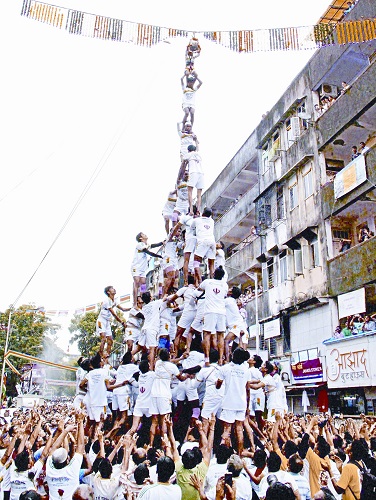
Photo Credit http://www.thehansindia.com/posts/index/2014-08-19/Dahi-Handi-fest-draws-millions-105344
2. Kila Raipur Sports Festival
This festival in held in the Kila Raipur village of Ludhiana, Punjab, and is known as the Rural Olympics. Every year, in the month of February, thousands of individuals participate in the sports event. It is held for three days and has a huge number of spectators from around the world. Many events like the bullock race, horse race, dog race and even tractors races are held. A few of the ludicrous activities held during the Rural Olympics are dragging a car or lifting a bicycle with their teeth and pyrotechnic activities.
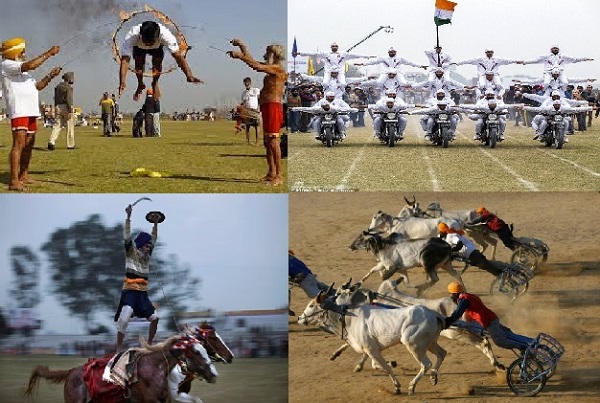
Photo Credit http://www.indipepper.com/sugandha-khirbat/heres-a-glimpse-of-what-indian-rural-olympics-is-all-about/
http://themortreport.blogs.deseretnews.com/2012/02/20/photos-of-the-week-head-on-hockey-rugby-championship-and-the-indian-rural-olympics/
3. Nag Panchami
Nag Panchami is a festival which Hindus have been celebrating for centuries and is conducted in the month of August all over India and also in the neighboring country Nepal. This day falls on the Sravana month of Hindu calendar, on the fifth day lunar month. On this day the Snake God is revered with milk so that their families are blessed with knowledge and spared from the wrath of a snake bite in the coming year long cycle.
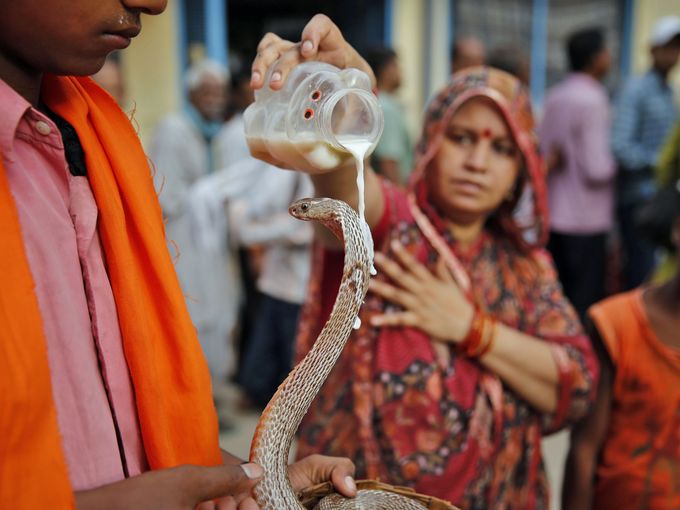
Photo Credit http://worldhindunews.com/2014080829263/hindus-festival-nag-panchami-celebrated-worldwide/
4. Lathmar Holi/Bani Festival
Lathmar holi is celebrated in some regions of Uttar Pradesh. Holi is the festival of colours and lathmar holi is a variation. Lath means stick and mar is to hit; in this version of holi the female members of the society hit the male population with a stick while the men try to save themselves with a shield. This is a fun-filled festival which also has some legends related to Lord Krishna and his beloved Radha. Apart from this tradition, people belabour each other with sticks. This is celebrated during the time of Dusshera near the Devaragattu Temple situated in Kurnool, Andhra Pradesh. This festival follows the legend of Lord Shiva (Mala-Malleshwara) killing a rakshasa. People hit each other hard the whole night, resulting in blood shed and numerous injuries.

Photo Credit Reuters
5. Cattle Fair
The cattle fairs of India are very popular, varied animals like goats, camels, horses, donkeys and even birds are brought together from various parts of the globe and are traded. Some of the famous cattle fair in India are held in Pushkar, Sonepur, Gangapur, Jhalawar and Nagaur. These fairs are not only meant for the inhabitants of the places or the farming community, but also serve as tourist attractions.
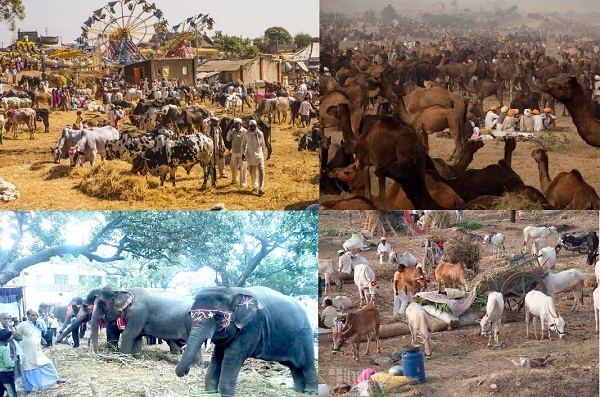
Photo Credit http://sandeepachetan.com/india-bazaar-cattle-fair-rajur/
AP Photo
http://www.ibnlive.com/news/india/asias-biggest-cattle-fair-sonepur-mela-starts-523866.html
http://indiaphotostock.photoshelter.com/image/I0000dbA402mcSLE
6. Thimithi
Thimithi is celebrated in the state of Tamil Nadu as well as in countries like Sri Lanka, Mauritius, South Africa, Malaysia and Singapore. This festival is held in and around the months of October and November. In this festival, people walk on fire in the honour of the epic character of Draupadi. She was the wife of the Pandavas, who lost her to their cousins, the Kauravas, in a gamble. The Kauravas tried to humiliate the Pandavas by undressing Draupadi, but Lord Krishna came to her rescue. This was followed by the great war of Mahabharata, and later, to prove her chastity, Draupadi walked past a blazing fire bed. The Thimithi festival celebrates this historical moment.
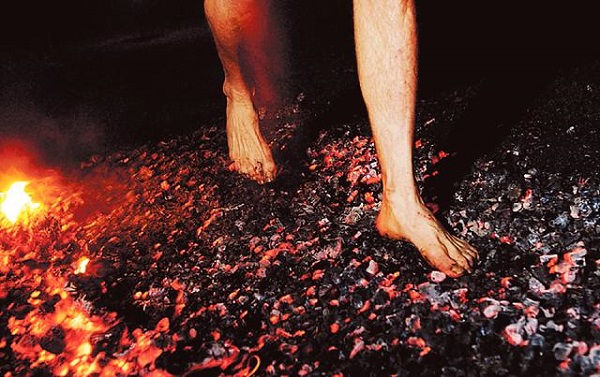
Photo Credit http://www.ulaar.com/2012/09/26/walking-on-fire/
7. Cow Trampling/Jallikattu
The Govardhan festival is celebrated in many Indian states like Madhya Pradesh and Maharashtra. The cow trampling ritual is a part of this festival, and is observed on the day following Diwali. On the day of Ekadashi ornate cows are let loose, and villagers lie on the ground so as to allow the cows to walk over them. This is believed to bring good luck, and people participate in this ritual without any fear and with the hope that the cow chooses their back to stroll on.
Jallikattu is an event in which unarmed men try to tame magnanimous bulls and grab the reward which is attached to the horns. This is a part of the Pongal celebration in Tamil Nadu, and is one of the most dangerous kinds of bull fighting. This has even resulted in fatal accidents and in 2014; the apex court of India put a ban on this sporting event.

Photo Credit http://www.rawstory.com/2013/11/indian-hindus-nurse-their-bruises-after-annual-cow-trampling-festival/
8. Thaipoosam/Garudan Thookkam
Thaipoosam is celebrated in a few South Indian regions in the honour of Lord Kartikeya (Lord Murugan) who killed the demon Soorapadman with a spear given by Goddess Parvati. People pierce their body with hooks and spears during this festival. Some even pierce their cheeks and their tongues in order to be fully devoted to the Lord.
GarudanThookkam is celebrated in Kerala, in the Kali temples. This is based on the mythological story about Bhadrakali. The creation of Bhadrakali was to slay two demons Darika and Danavendra. These demons could not be killed by any man as this was the blessing they were granted by Lord Brahma. Bhadrakali was blood thirsty and even after killing the demons; her thirst could not be diminished. Then Garuda was sent to her by Lord Vishnu and a few drops of Garuda’s blood satiated her. During this festival, man dress as Garuda and hang themselves with the help of hooks pierced on their backs. They are then carried through the place on carts or boats.

Photo Credit http://www.yoursingapore.com/festivals-events-singapore/cultural-festivals/thaipusam.html
http://storyglitz.com/11-most-bizarre-rituals-and-traditions-of-south-india/
9. Mourning of Muharram
Muharram is the first month of the Muslim calendar, and during this month many cleansing rituals are performed, known as the Mourning of Muharram or Remembrance of Muharram. In the Battle of Karbala, the grandson of Prophet Mohammad lost his life and this annual mourning is observed in his memory. In parts of the country, groups of Islamic population carry on processions and engage in ritualistic self-flagellation. These individuals beat themselves with sharp weapons until they are drenched in blood. Their devotion takes them into a state of trance, and according to them they do not feel any pain.
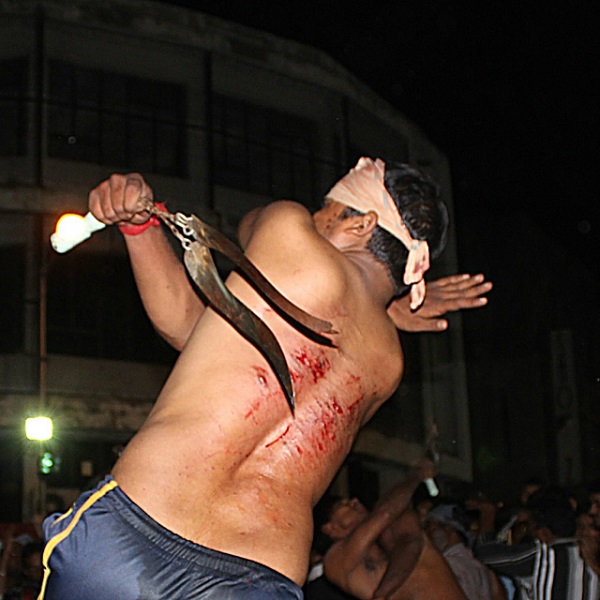
Photo Credit Aersh
10. Animal Wedding
India is an agrarian country and as such rain is a must for the agricultural productivity. When famine strikes the country due to scarcity of rain, it harms the entire nation, and the farmers are harmed the most. In a bid to please rain God, many Hindu people organize animal marriages. Animals such as frogs, donkeys and even dogs are ritualistically wedded. This is believed to bring the much needed rain to the country and relieve the people of the adverse effects of drought and consequently famine.
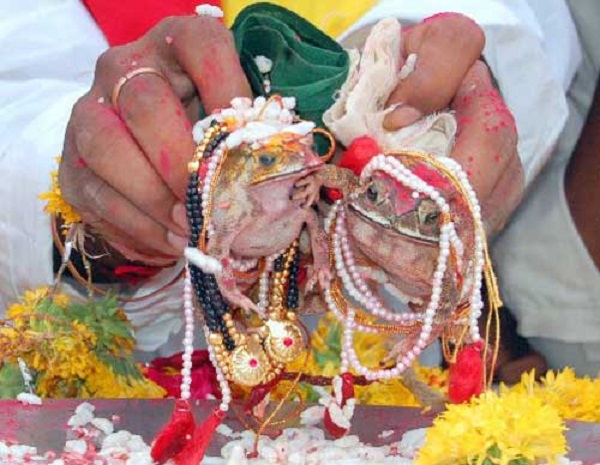
Photo Credit http://www.merinews.com/newPhotoLanding.jsp?imageID=17128


